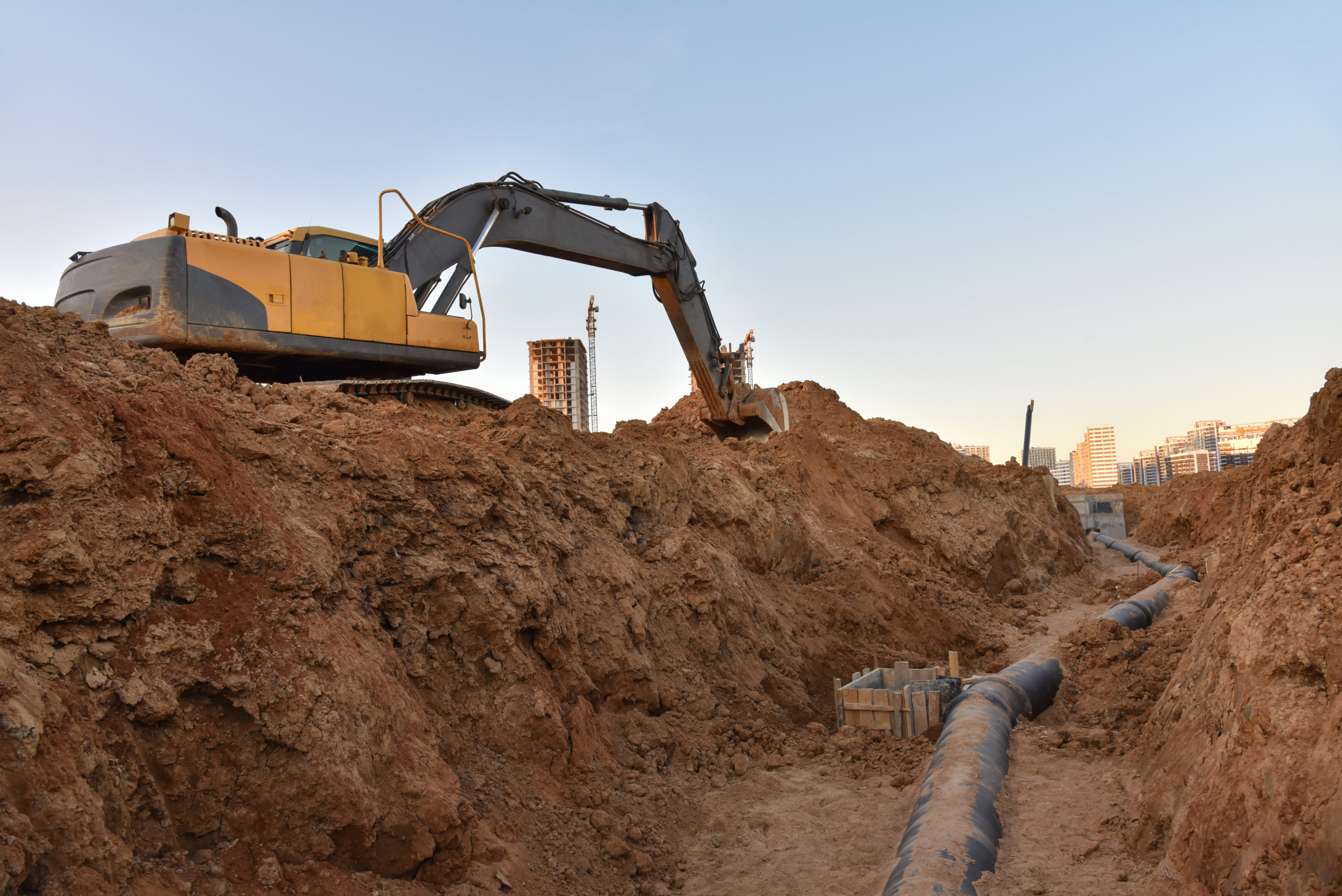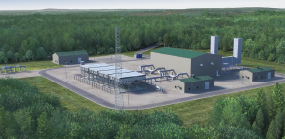Washington, February 29, 2016 —
The presence of an underground natural gas transmission pipeline does not affect the sales prices or value of residential properties, according to a new study, Pipeline Impact to Property Value and Property Insurability, conducted by Integra Realty Resources on behalf of The INGAA Foundation Inc.
“We undertook an independent study of residential properties in proximity to natural gas pipelines in the Southeast, Midwest, Mid-Atlantic and Northeast United States. By identifying residential neighborhoods that were bordered or bisected by at least one pipeline, we were able to isolate home sales of similar properties both on and off the pipelines. We then performed a direct comparison of the properties for normal valuation purposes. After comparison of approximately 200 sale transactions in five areas, we were able to determine there is no measurable negative impact in home values associated with the presence of a natural gas pipeline,” said IRR Senior Managing Director David Dominy.
“This report backs the findings of the INGAA Foundation’s previous, 2001 study of property values along pipeline routes – that underground natural gas transmission pipelines do not affect home values,” added INGAA Foundation President and CEO Don Santa. “These findings might help property owners feel more confident about natural gas pipelines proposed in their communities. Pipelines provide enormous benefits to this nation transporting natural gas safely and reliability to markets, where it is used to heat homes and businesses, fuel power plants and as a component in everyday materials, like plastics and fertilizer.”
IRR analyzed property sales in communities in four states – Ohio, New Jersey, Virginia and Mississippi – and determined that “there is no measurable impact on the sales price of properties located along or in proximity to a natural gas pipeline versus properties which are not located along or in proximity to the same pipeline.” A fifth analysis, of a community in Pennsylvania, conducted by a separate appraisal company also was included in the analysis.
The study areas were:
1. Two suburban areas outside Cincinnati, Ohio, one traversed by two 26-inch-diameter natural gas pipelines in service since 1949 and 1959, respectively, and one traversed by one 36- to 42-inch pipeline in service since 2009.
2. A rural neighborhood in Clinton, New Jersey, traversed by three natural gas pipelines of various sizes up to 42 inches in diameter and in service since 1959, 1985 and 2013, respectively.
3. A master-planned residential community in Prince William County, Virginia, developed in proximity to three existing natural gas pipelines, originally constructed in phases from the early 1950s to the mid-1970s, with expansions and replacements taking place in 1996, 2008, and another planned to start in the summer of 2016.
4. A suburban area traversed by a 30-inch-diameter natural gas pipeline that was installed in the 1950s outside Jackson, Mississippi.
5. A small town subdivision in Dallastown, Pennsylvania, where a 24-inch-diameter natural gas pipeline originally placed in service in 1958 was replaced in 2007. (Houston-based Allen, Williford & Seale, Inc., the author of the 2001 study, conducted this analysis, and it is included at the request of the INGAA Foundation.)
IRR analyzed actual residential property sales data in each area, normalized by significant factors (i.e. gross living area, size, age, date of transaction, etc.) to derive adjustments used to account for differences, in each area, both on and off pipeline easements, in like and similar conditions. It then applied linear regression analyses to see if a correlation existed between sales price and location “on” or “off” the pipeline easement. In every area of study, IRR found no negative impact on price, and no correlation between price and proximity to pipeline easement.
IRR also found that buyers purchasing homes along pipeline easements in each area studied were able to obtain conventional, Federal Housing Administration and Veterans Affairs loans. “This indicates that a presence of a natural gas pipeline had no effect on obtaining a mortgage,” the report said.
Moreover, insurance companies and agents interviewed said there was no indication that the presence of a natural gas pipeline would hinder a buyer’s ability to acquire property insurance. They also said there was no indication that premiums paid for insurance policies would increase because of the presence of a natural gas pipeline.
More information on the report is available here.





